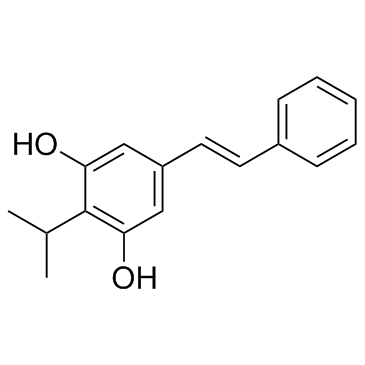Aryl Hydrocarbon Receptor
Aryl Hydrocarbon Receptor (AhR or AHR or ahr or ahR) is a protein that in humans is encoded by the AHR gene. The aryl hydrocarbon receptor is a ligand-activated transcription factor involved in the regulation of biological responses to planar aromatic (aryl) hydrocarbons, and regulates xenobiotic-metabolizing enzymes such as cytochrome P450s, most notably cyp 1A1.
Aryl Hydrocarbon Receptor is a member of the family of basic helix-loop-helix transcription factors. AhR binds several exogenous ligands including natural plant flavonoids, polyphenolics and indoles, as well as synthetic polycyclic aromatic hydrocarbons and dioxin-like compounds. AhR is a cytosolic transcription factor that is normally inactive, binding to several co-chaperones. Upon ligand binding to chemicals such as 2,3,7,8-tetrachlorodibenzo-p-dioxin (TCDD), the chaperones dissociate resulting in AhR translocating into the nucleus and dimerizing with ARNT (AhR nuclear translocator), leading to changes in gene transcription.
Targets for Aryl Hydrocarbon Receptor
Products for Aryl Hydrocarbon Receptor
- Cat.No. Product Name Information
-
GC33314
1,4-Chrysenequinone (Chrysene-1,4-dione)
1,4-Chrysenequinone (Chrysene-1,4-dione), a polycyclic aromatic quinone, acts as an activator of aryl hydrocarbon receptor (AhR).

-
GC50422
10-Cl-BBQ
Potent aryl hydrocarbon receptor (AhR) agonist; orally bioavailable
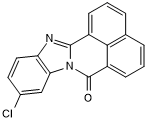
-
GC35271
AHR antagonist 1
AHR antagonist 1 (AHR antagonist 1) is an aryl hydrocarbon receptor (AHR) antagonist.
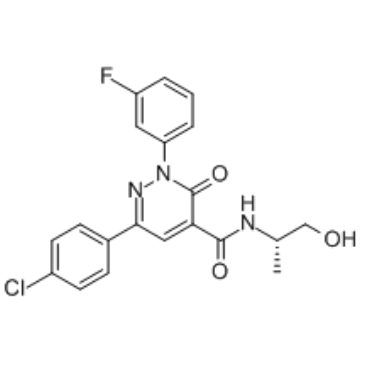
-
GC39669
AHR antagonist 2
AHR antagonist 2 is a potent aryl hydrocarbon receptor (AHR) antagonist, extracted from patent WO2019101641A1, compound example 1, with IC50s of 0.885 and 2.03 nM for human and mouse AhR.
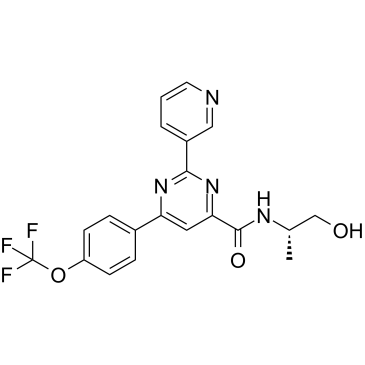
-
GC64275
AHR antagonist 5
AHR antagonist 5, a potent and orally active aryl hydrocarbon receptor (AHR) antagonist extracted from patent WO2018195397, example 39, has an IC50 of < 0.5 ?Μ. AHR antagonist 5 significantly inhibits tumor growth combined with checkpoint inhibitor anti-PD-1.
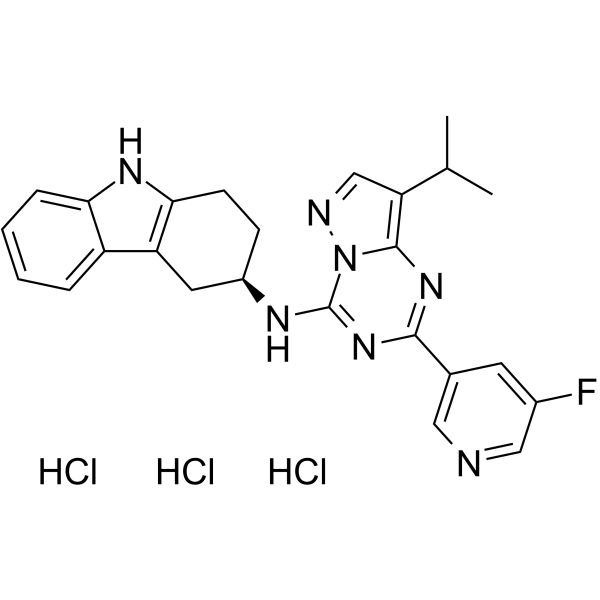
-
GC64208
AHR antagonist 5 free base
AHR antagonist 5 free base is a selective and orally active aryl hydrocarbon receptor (AHR) inhibitor. AHR antagonist 5 free base effectively blocks AHR from translocating from the cytoplasm to the nucleus. AHR antagonist 5 free base is highly selective for AHR over other receptors, transporters, and kinases.
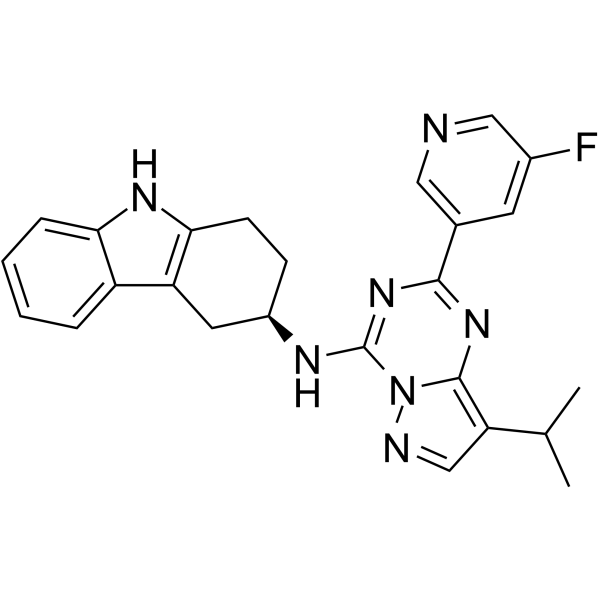
-
GC39284
ANI-7
ANI-7 is an activator of aryl hydrocarbon receptor (AhR) pathway. ANI-7 inhibits the growth of multiple cancer cells, and potently and selectively inhibits the growth of MCF-7 breast cancer cells with a GI50 of 0.56 μM. ANI-7 induces CYP1-metabolizing mono-oxygenases by activating AhR pathway, and also induces DNA damage, checkpoint Kinase 2 (Chk2) activation, S-phase cell cycle arrest, and cell death in sensitive breast cancer cell lines.
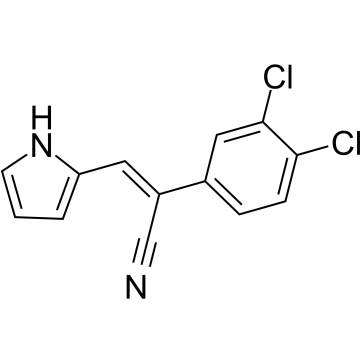
-
GC60636
Benzyl butyl phthalate
Benzyl butyl phthalate, a member of phthalic acid esters (PAEs), can trigger the migration and invasion of hemangioma (HA) cells via upregulation of Zeb1. Benzyl butyl phthalate activates aryl hydrocarbon receptor (AhR) in breast cancer cells to stimulate SPHK1/S1P/S1PR3 signaling and enhances formation of metastasis-initiating breast cancer stem cells (BCSCs).
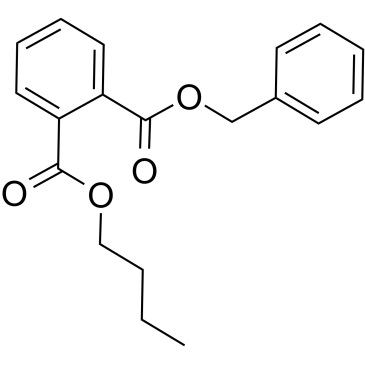
-
GC35553
Brevifolincarboxylic acid
Brevifolincarboxylic acid is extracted from Polygonum capitatum, has inhibitory effect on the aryl hydrocarbon receptor (AhR).
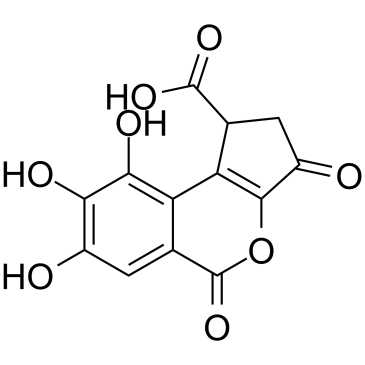
-
GC47037
Carbidopa (hydrate)
Carbidopa ((S)-(-)-Carbidopa) monohydrate, a peripheral decarboxylase inhibitor, can be used for the research of Parkinson's disease.

-
GC38059
Cardamonin
A chalconoid with anti-inflammatory and anti-tumor activity
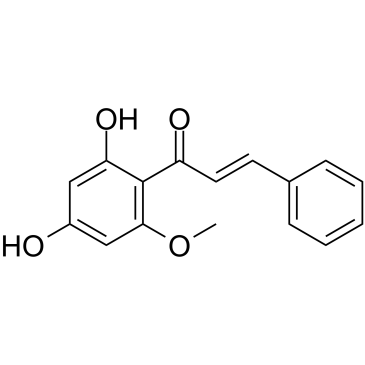
-
GC18824
CAY10465
The aryl hydrocarbon receptor (AhR) is a ligand-dependent intracellular transcription factor whose ligands include some of the most infamous xenobiotics, including dioxin, benzo[a]pyrene, and numerous polyaromatics from soot and coal tar.
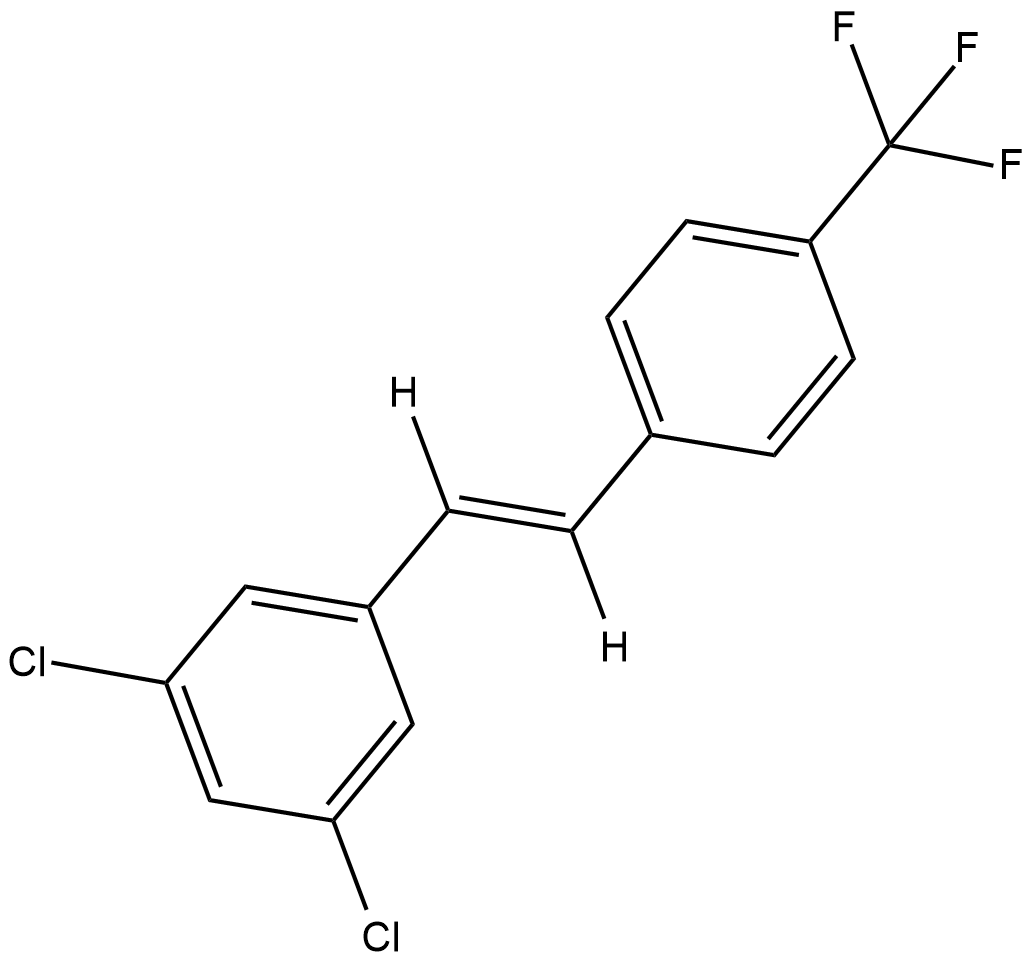
-
GC16220
CH 223191
CH 223191 is a potent and specific antagonist of aryl hydrocarbon receptor (AhR).CH 223191 inhibits TCDD-mediated nuclear translocation and DNA binding of AhR, and inhibits TCDD-induced luciferase activity with an IC50 of 0.03 μM.

-
GC67892
CHD-5
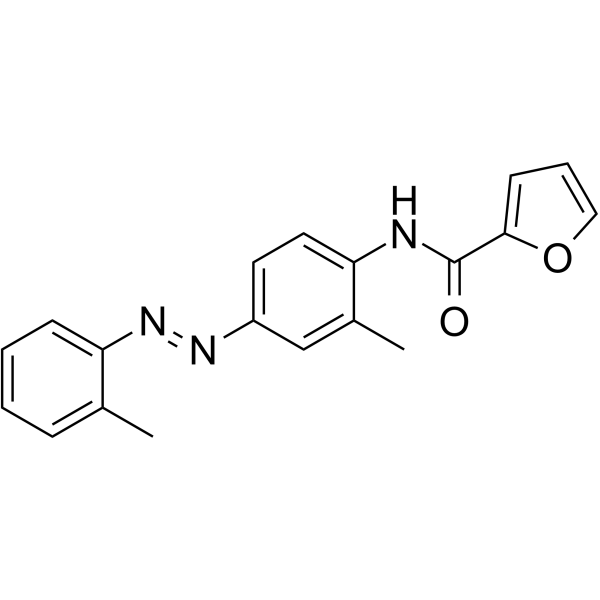
-
GC45705
D-Kynurenine
An antagonist of GPR109B

-
GN10706
Diosimin
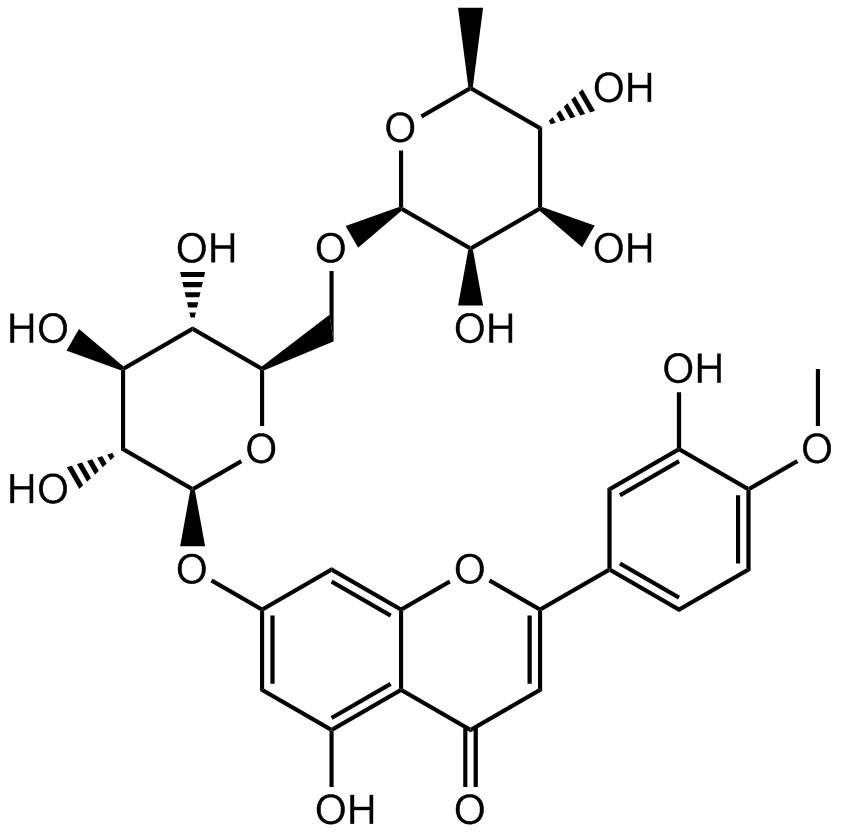
-
GC36043
FICZ
FICZ (Formyl-indolo [3,2-b] carbazole), as an endogenous ligand for the aryl hydrocarbon receptor (AhR).
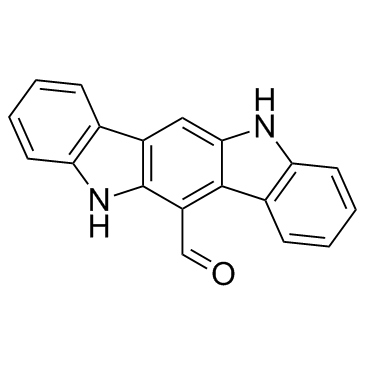
-
GC34597
GNF351
GNF351 is a full aryl hydrocarbon receptor (AHR) antagonist.
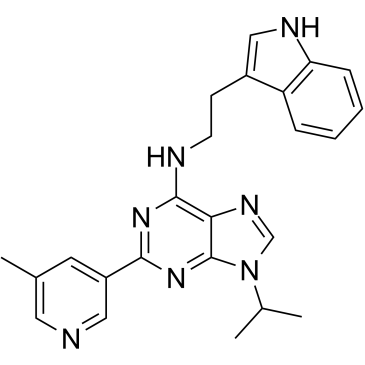
-
GC16368
Indole-3-carbinol
anticarcinogenic drug
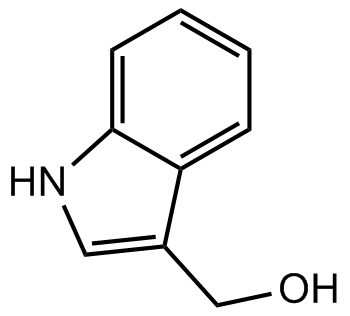
-
GC12628
ITE
AHR agonist
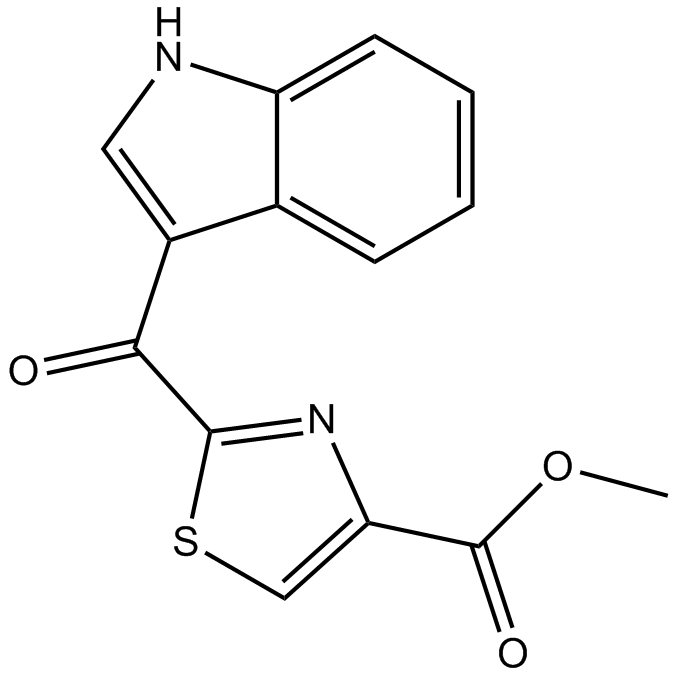
-
GC12040
L-Kynurenine
Endogenous activator of the aryl hydrocarbon receptor (AhR)
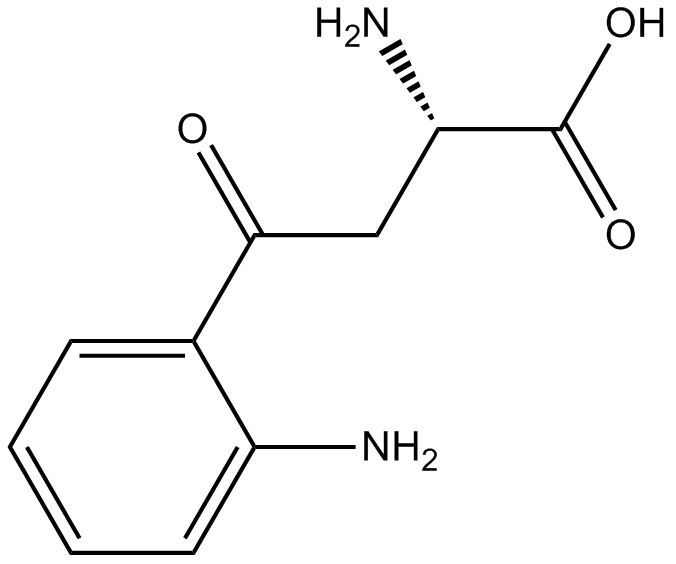
-
GC64898
L-Kynurenine-d4-1

-
GC30297
Mivotilate (YH439)
Mivotilate (YH439) is a nontoxic, potent activator of the aryl hydrocarbon receptor (AhR), and acts as a hepatoprotective agent.
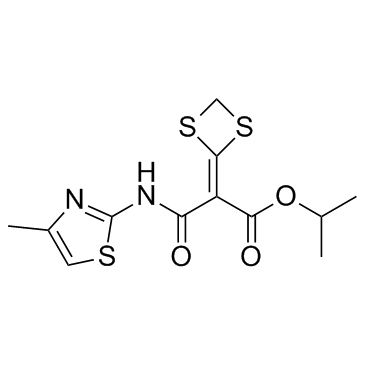
-
GC11817
PDM 2
potent and selective aryl hydrocarbon receptor (AhR) antagonist
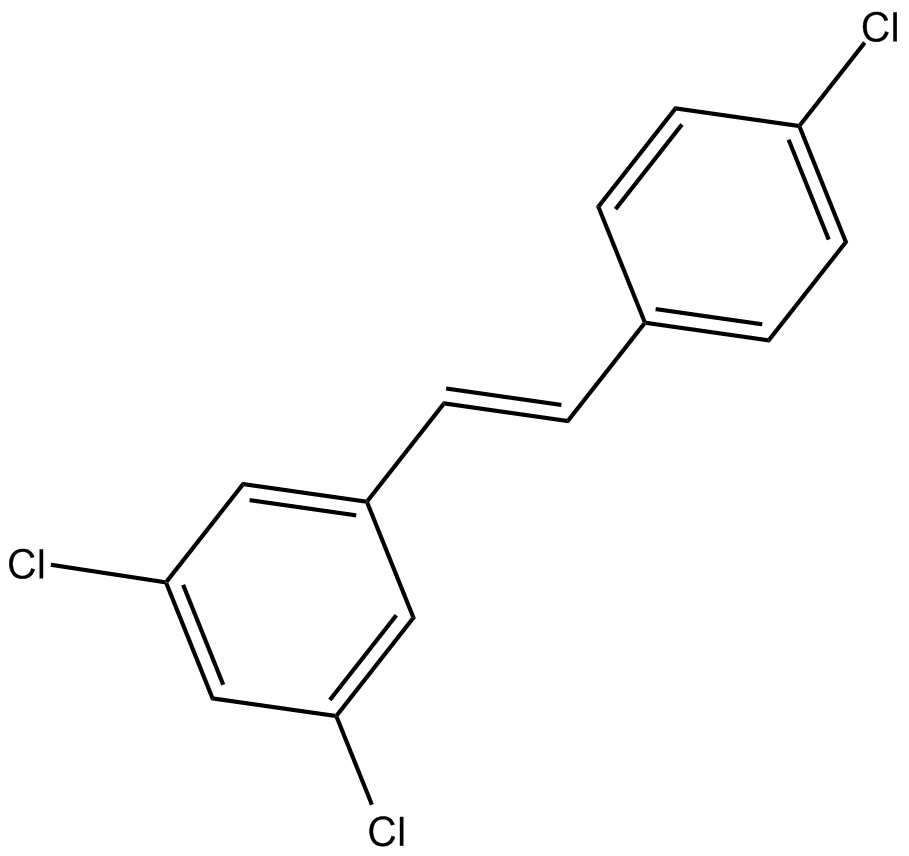
-
GC10538
Pifithrin-α (PFTα)
Pifithrin-α(PFT-α) is a p53 inhibitor. Pifithrin-αwidely used in neuroscience to block neuronal apoptotic cell death. Pifithrin-αis also a potent stimulant of aryl hydrocarbon receptor (AhR)..
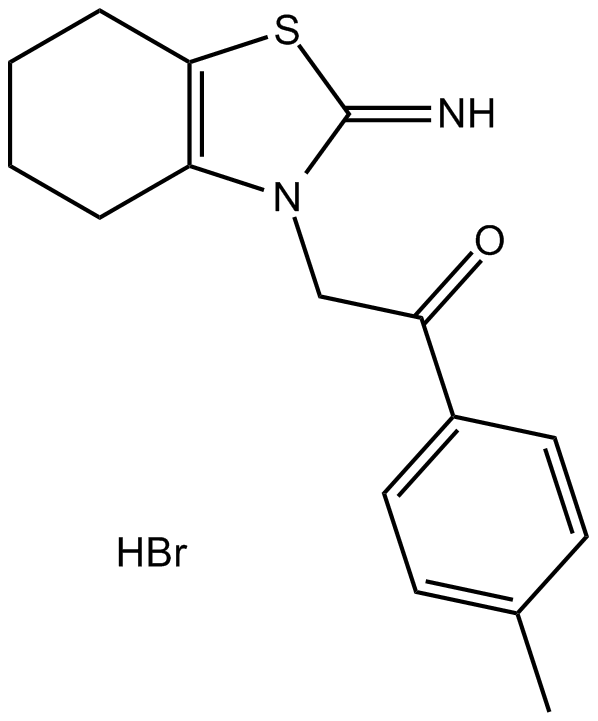
-
GC44686
Prochloraz
Prochloraz is an imidazole antifungal that inhibits ergosterol biosynthesis via inhibition of the cytochrome P450-dependent 14α-demethylation of lanosterol, which results in disruption of the fungal cell membrane and cell death.

-
GC30646
Skatole(3-Methylindole)
Skatole(3-Methylindole) is produced by intestinal bacteria, regulates intestinal epithelial cellular functions through activating aryl hydrocarbon receptors and p38.

-
GC69908
Skatole-d3
Skatole-d3 is the deuterated form of Skatole. Skatole is a substance produced by intestinal bacteria that activates aryl hydrocarbon receptors and regulates intestinal epithelial cell function through p38 activation.
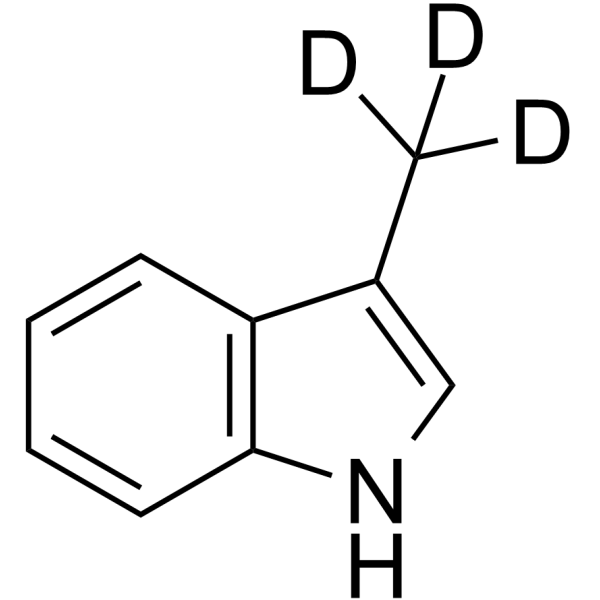
-
GC17043
StemRegenin 1 (SR1)
Antagonizes hematopoietic stem cell differentiation
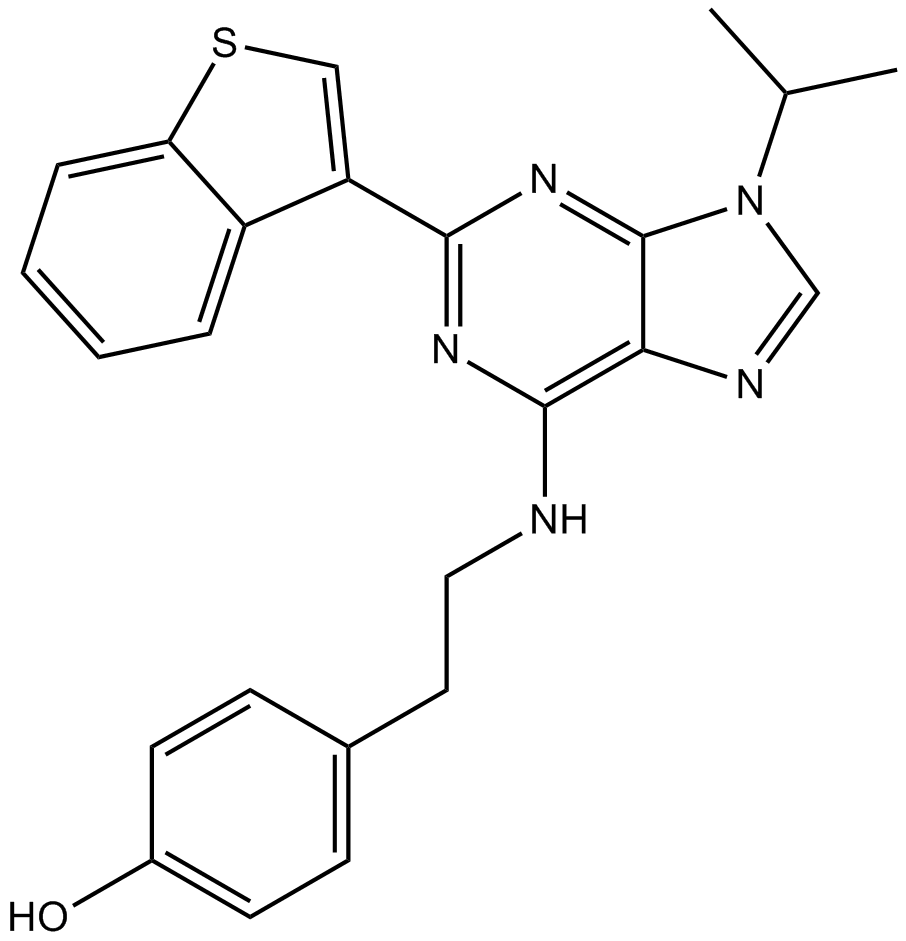
-
GC31732
Tapinarof (WBI 1001)
Tapinarof (WBI 1001) (WBI-1001) is a natural aryl hydrocarbon receptor (AhR) agonist with an EC50 of 13 nM.
